What Lens Filter For Glass ?
There are various types of lens filters that can be used for glass. Some common options include UV filters, polarizing filters, neutral density filters, and color filters. The choice of filter depends on the specific purpose or effect desired by the photographer.
1、 UV filter for reducing ultraviolet light and haze.
A commonly used lens filter for glass is the UV filter. UV filters are designed to reduce the amount of ultraviolet light that enters the camera lens, thereby minimizing the effects of UV radiation on the image. These filters are particularly useful when shooting in outdoor environments, as they can help reduce haze and improve overall image clarity.
UV filters are transparent and do not have a significant impact on the color balance of the image. They are primarily used for their protective properties, as they act as a barrier between the lens and potential damage from dust, moisture, and scratches. By using a UV filter, photographers can safeguard their expensive lenses and ensure their longevity.
In recent years, there has been some debate about the necessity of UV filters, especially with the advancements in lens coatings that already provide protection against UV radiation. Some argue that modern lenses are already equipped with coatings that effectively reduce UV light, making the use of UV filters redundant. However, others still advocate for the use of UV filters as an added layer of protection, particularly in harsh shooting conditions.
Ultimately, the decision to use a UV filter for glass depends on personal preference and shooting conditions. If you frequently shoot in outdoor environments or in situations where your lens may be exposed to potential damage, a UV filter can provide peace of mind and protect your investment. However, if you primarily shoot in controlled environments and have confidence in the lens coatings, a UV filter may not be necessary.
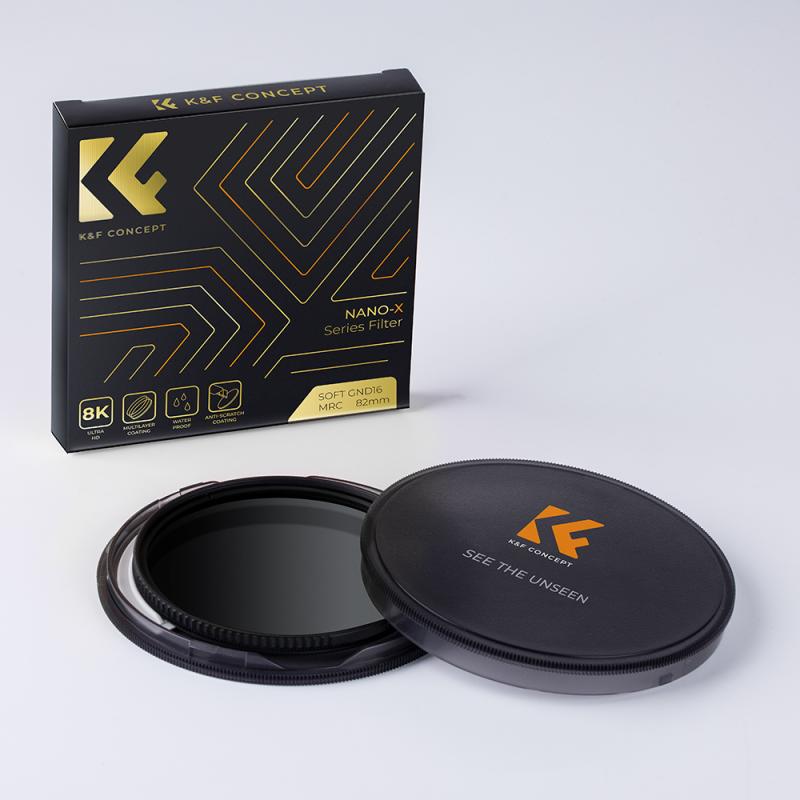
2、 Polarizing filter for reducing reflections and enhancing colors.
A polarizing filter is an excellent choice for reducing reflections and enhancing colors when photographing glass. This type of filter is specifically designed to block certain light waves that cause reflections, resulting in clearer and more vibrant images.
When photographing glass objects, such as windows, mirrors, or glassware, reflections can often be a major issue. These reflections can obscure the details of the subject and create unwanted distractions in the image. By using a polarizing filter, you can effectively minimize these reflections and capture the true essence of the glass.
Additionally, a polarizing filter can also enhance colors by reducing glare and increasing contrast. This is particularly useful when photographing glass objects that have vibrant colors or intricate patterns. The filter helps to bring out the richness and depth of these colors, resulting in more visually appealing images.
It is important to note that the effectiveness of a polarizing filter can vary depending on the angle of the light source and the position of the camera. Therefore, it is recommended to experiment with different angles and positions to achieve the desired effect.
In recent years, advancements in filter technology have led to the development of more advanced polarizing filters. These filters are often multi-coated to minimize reflections and improve image quality. Some filters also feature adjustable polarization, allowing photographers to control the amount of polarization based on the specific shooting conditions.
Overall, a polarizing filter is an essential tool for photographers looking to capture stunning images of glass objects. It not only reduces reflections but also enhances colors, resulting in more visually appealing and captivating photographs.
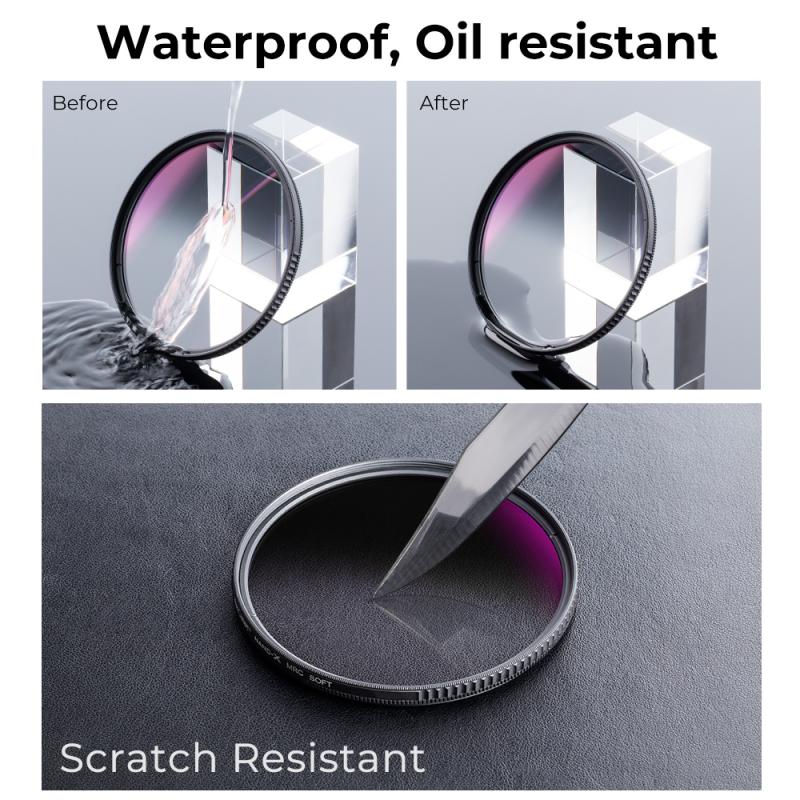
3、 Neutral density filter for reducing the amount of light entering the lens.
A neutral density filter is the ideal lens filter for glass when you want to reduce the amount of light entering the lens. It is a versatile tool that allows photographers and videographers to have more control over their exposure settings, especially in bright lighting conditions.
Neutral density filters are designed to evenly reduce the intensity of all wavelengths of light, without affecting the color balance of the image. This means that they can effectively darken the entire scene without introducing any color cast. By reducing the amount of light entering the lens, neutral density filters allow for longer exposure times or wider apertures, which can be useful in various photography and videography scenarios.
The latest point of view regarding neutral density filters is that they are essential for achieving certain creative effects. For example, they can be used to create motion blur in waterfalls or rivers, capture long-exposure shots of cityscapes during the day, or even shoot wide-open apertures in bright sunlight for shallow depth of field. Neutral density filters are also commonly used in landscape photography to balance the exposure between the bright sky and the darker foreground.
In recent years, there have been advancements in neutral density filter technology, with the introduction of variable neutral density filters. These filters allow photographers to adjust the density by rotating the filter, providing a range of light reduction options in a single filter. This eliminates the need to carry multiple filters with different densities, offering convenience and flexibility in the field.
Overall, a neutral density filter is the go-to lens filter for glass when you want to control the amount of light entering the lens. It is a valuable tool for photographers and videographers, enabling them to achieve creative effects and overcome exposure challenges in various shooting conditions.
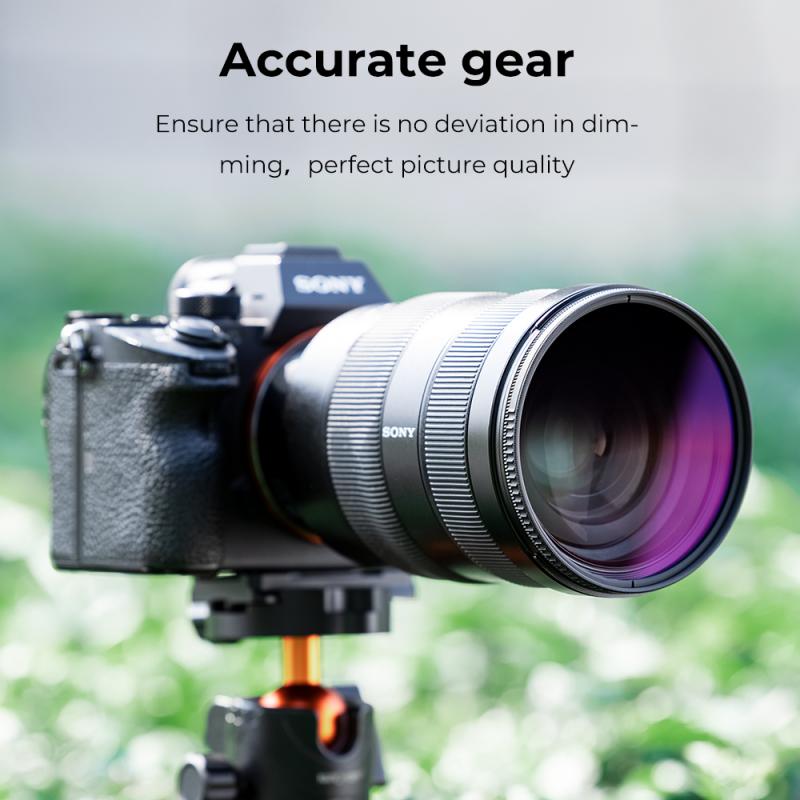
4、 Graduated neutral density filter for balancing exposure in high-contrast scenes.
A graduated neutral density (ND) filter is the ideal lens filter for balancing exposure in high-contrast scenes, especially when shooting through glass. This type of filter is designed to darken a specific portion of the image, typically the top half, while leaving the bottom half unaffected. By doing so, it helps to balance the exposure between the bright sky and the darker foreground, resulting in a more evenly exposed photograph.
When shooting through glass, the use of a graduated ND filter becomes even more crucial. Glass surfaces tend to reflect light and create additional glare, which can further exacerbate the contrast between the bright and dark areas of the scene. By using a graduated ND filter, you can effectively reduce the amount of light entering the camera from the sky, thus minimizing the risk of overexposure and preserving details in both the sky and the foreground.
It is important to note that the choice of filter strength depends on the specific scene and the desired effect. Graduated ND filters come in various densities, ranging from light to dark. The selection should be based on the contrast level of the scene and the dynamic range of the camera being used.
In recent years, advancements in digital post-processing techniques have provided photographers with alternative methods to balance exposure in high-contrast scenes. Techniques such as HDR (High Dynamic Range) imaging and exposure blending have gained popularity, allowing photographers to capture multiple exposures and merge them together to achieve a balanced image. However, the use of a graduated ND filter still remains a valuable tool, especially for photographers who prefer to achieve the desired effect in-camera and minimize the need for extensive post-processing.
In conclusion, a graduated neutral density filter is the recommended lens filter for balancing exposure in high-contrast scenes, including those shot through glass. While alternative post-processing techniques exist, the use of a filter allows for immediate results and greater control over the final image.
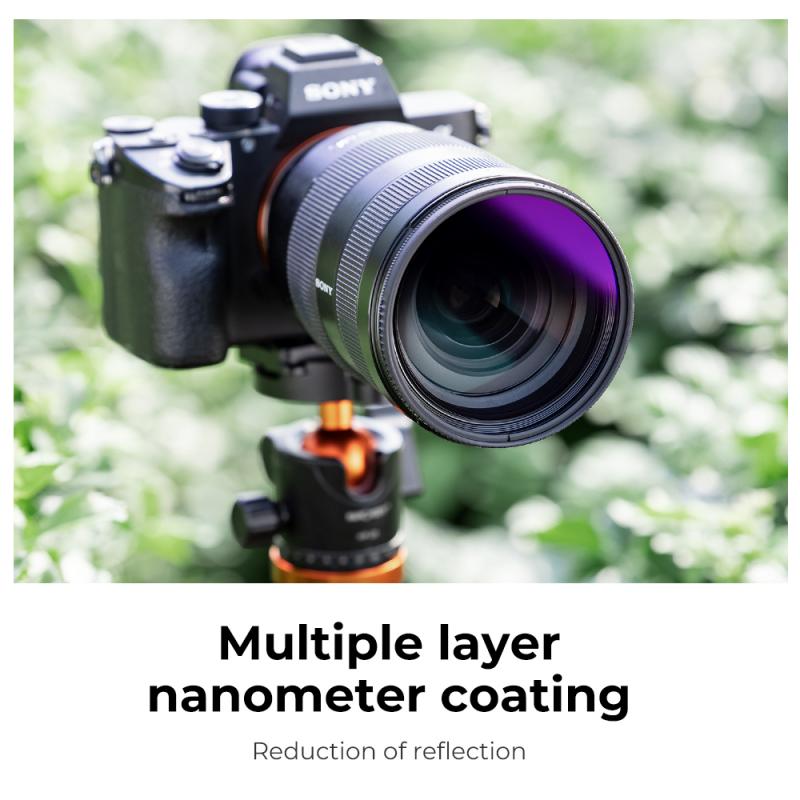




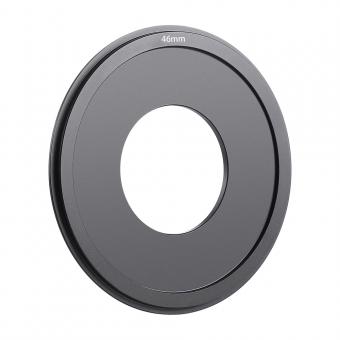
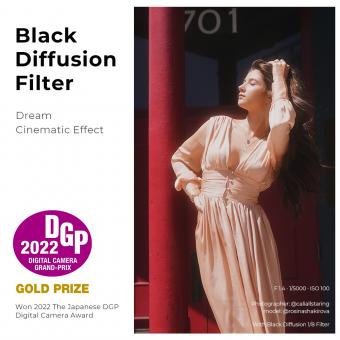
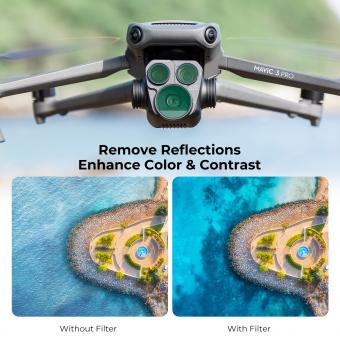

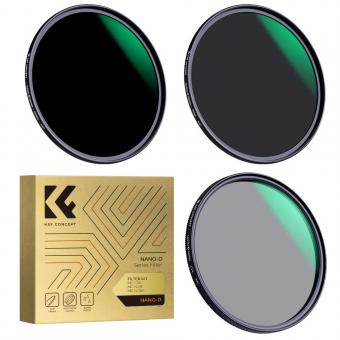

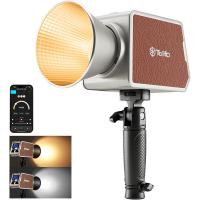

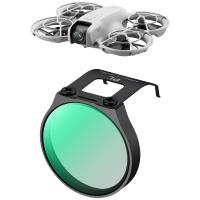
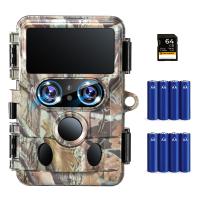


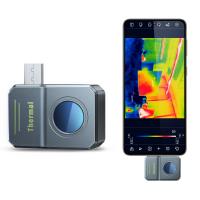

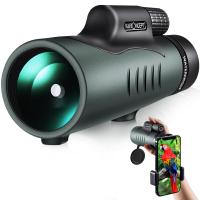
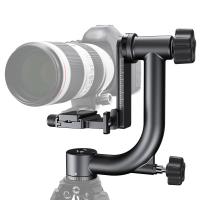
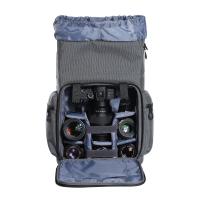

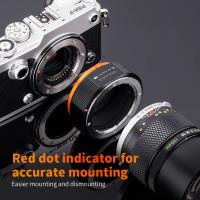



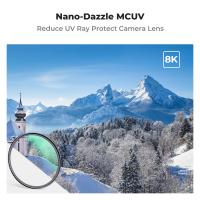

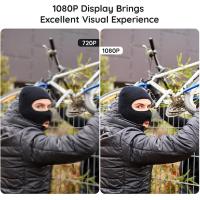
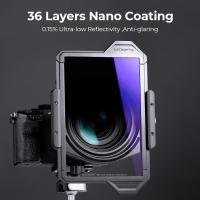
There are no comments for this blog.